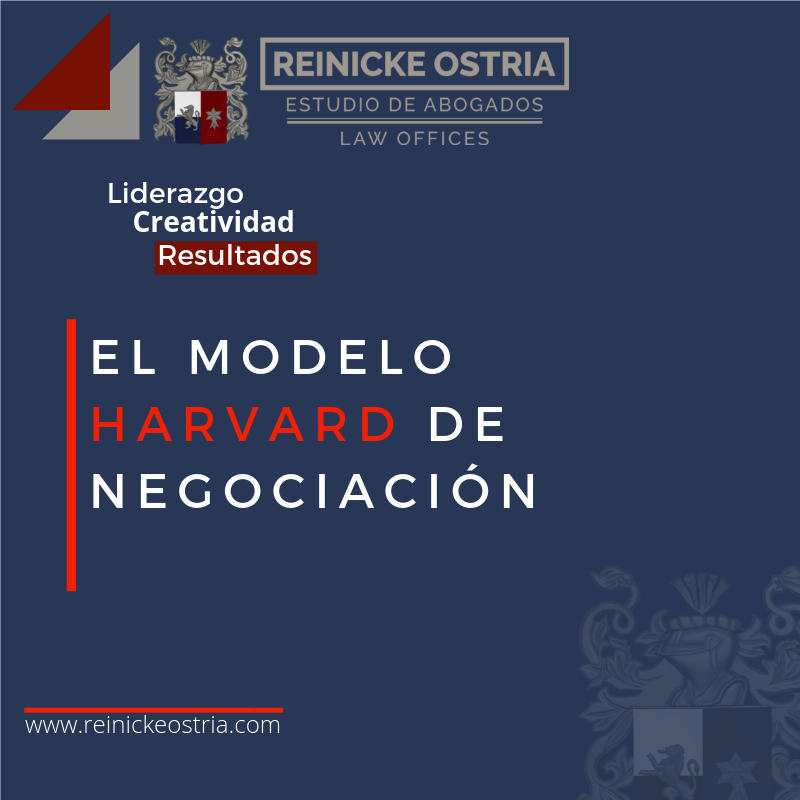
The effectiveness of the negotiation depends on the style adopted, but rather on the strategy deployed.
When one is faced with a disagreement or conflict, you have several options: to flee, surrender, refusing to agree, observe the law, or seeking a negotiated solution. The confidence that each person puts in their ability to get what you want depends on the chosen strategy in the negotiation.
For many years, the doctrine has been put into question the key question: what trading style is more effective: cooperation or competition? In reality, research and practice have shown that none of these two styles has the monopoly of the effectiveness.
The effectiveness of the negotiation depends on the style adopted, but the strategy is implemented. The true effectiveness in negotiation comes from having the flexibility to adjust and adapt permanently to the context and to the interlocutor. You can use various methods, such as seduction, threats, exploit the ignorance of the other, or be friendly with the hope of reciprocity uncertain.
Of all the techniques of existing bargaining, highlighting the negotiation-based principles, negotiation, integration, developed at Harvard University by professors Roger Fisher and William Ury in the 1980s. This technique is the method taught in law and business schools all over the world. This trading strategy is based on focusing on the interests of the parties involved and not in the positions that traders can take initially.
Foundations of negotiation integrative Method (Harvard)
If we develop this strategy in a more concrete way, we can determine that the same is based on these four pillars:
Separate people from the problem subject to negotiation.
The topics should be based more on the merits that they have the people involved in their emotions.
Focus on the interests of the parties involved, not on positions.
The interests that lead to a negotiation between different parties are, in the end, quite similar. Focusing on the interests, the parties may find that they are not as contradictory as you might think at first. Every discussion about interests must propose concrete details and specific. This allows the interest to be conceived as more real and believable.
Generate options for mutual benefit.
Sometimes, people can be too strict when there ideas. For example, they can judge negatively the ideas proposed in the phase of brainstorming when, in reality, we ought to let the creativity flow during the phase of the proposal and evaluate these ideas after the fact.
Based on the agreement reached on objective criteria.
For example, if two parties are involved in the purchase and sale of a home, you can apply objective criteria to the transaction, such as the comparable price in other sales in the area or the analysis of an independent expert in real estate.
